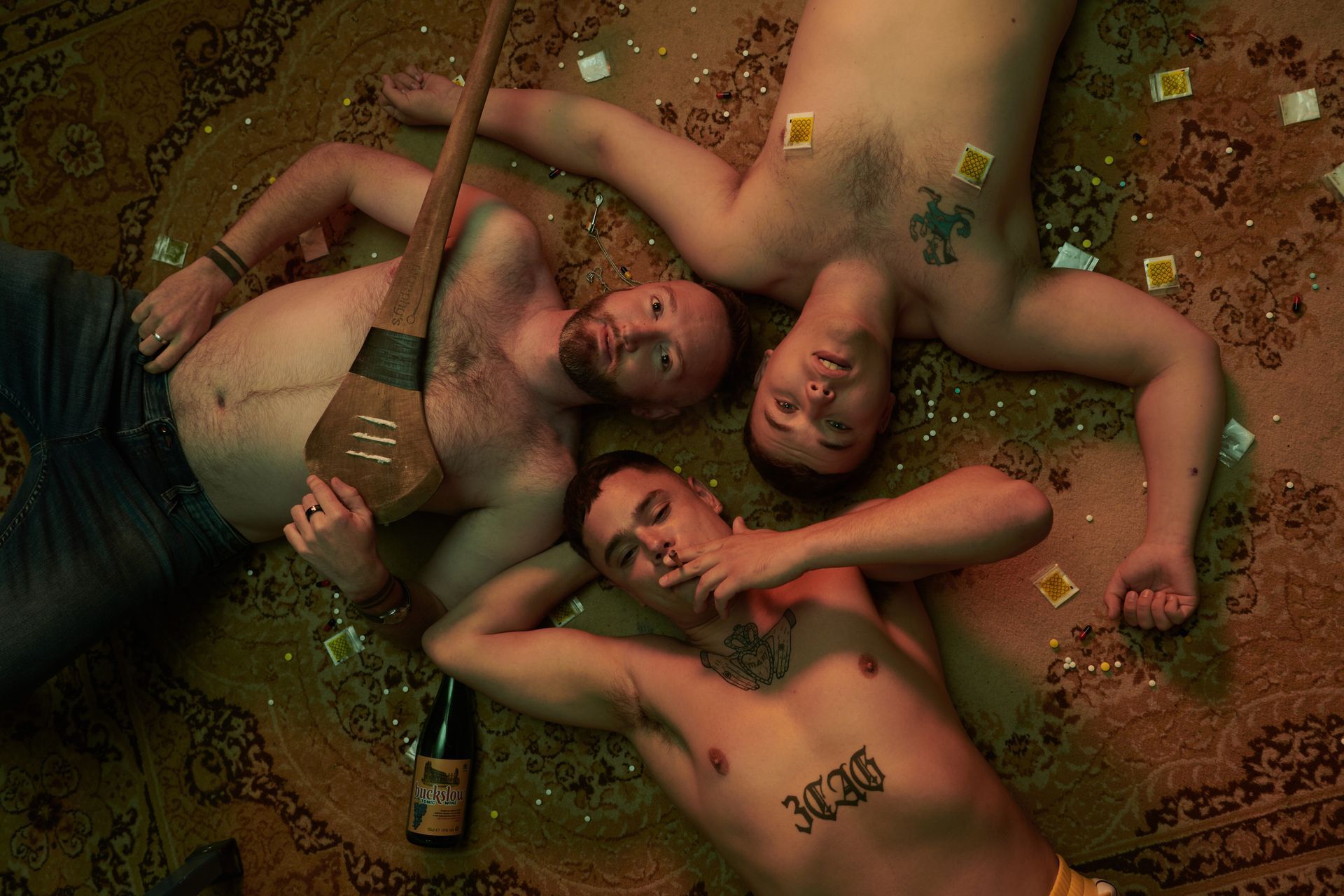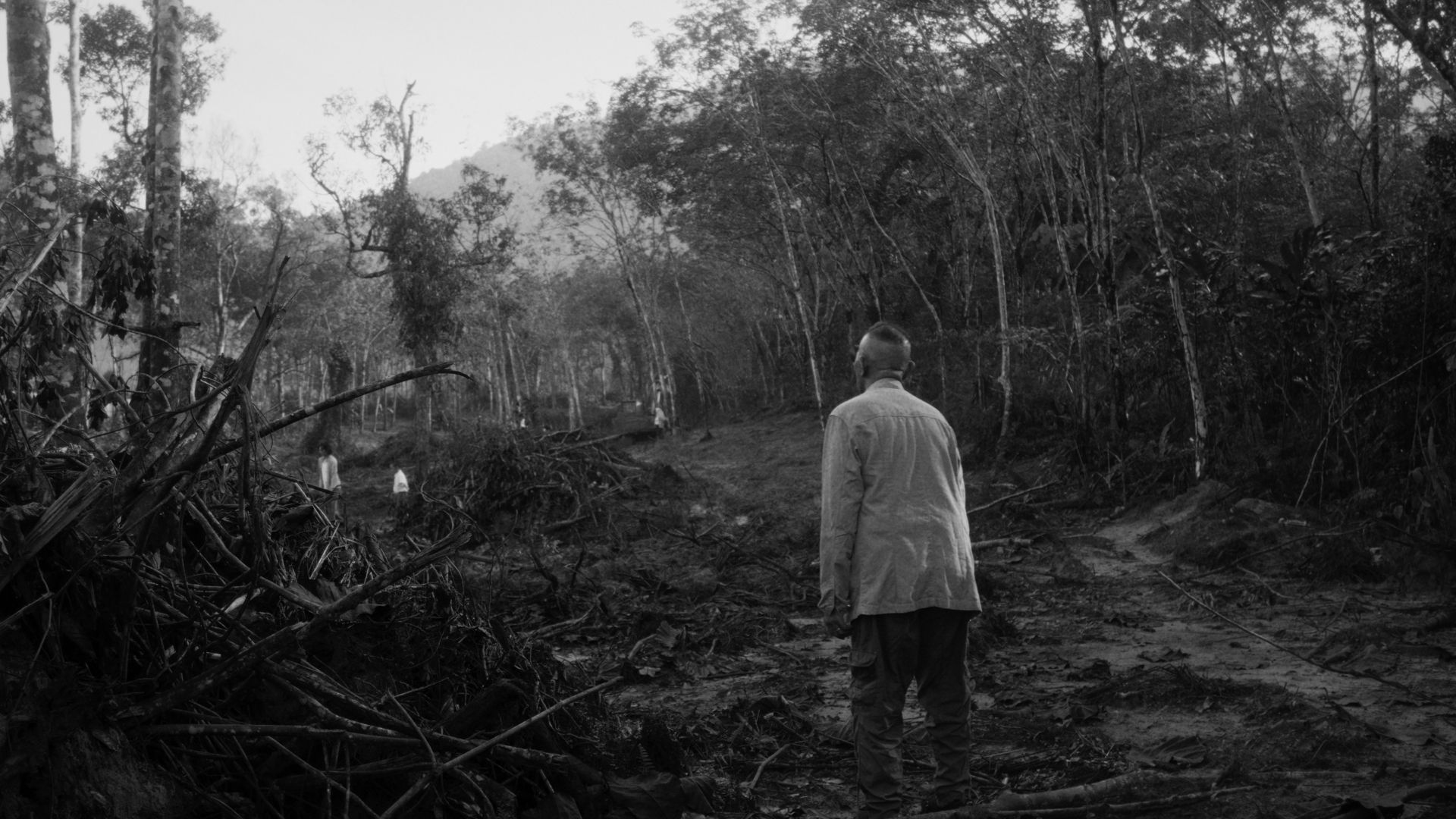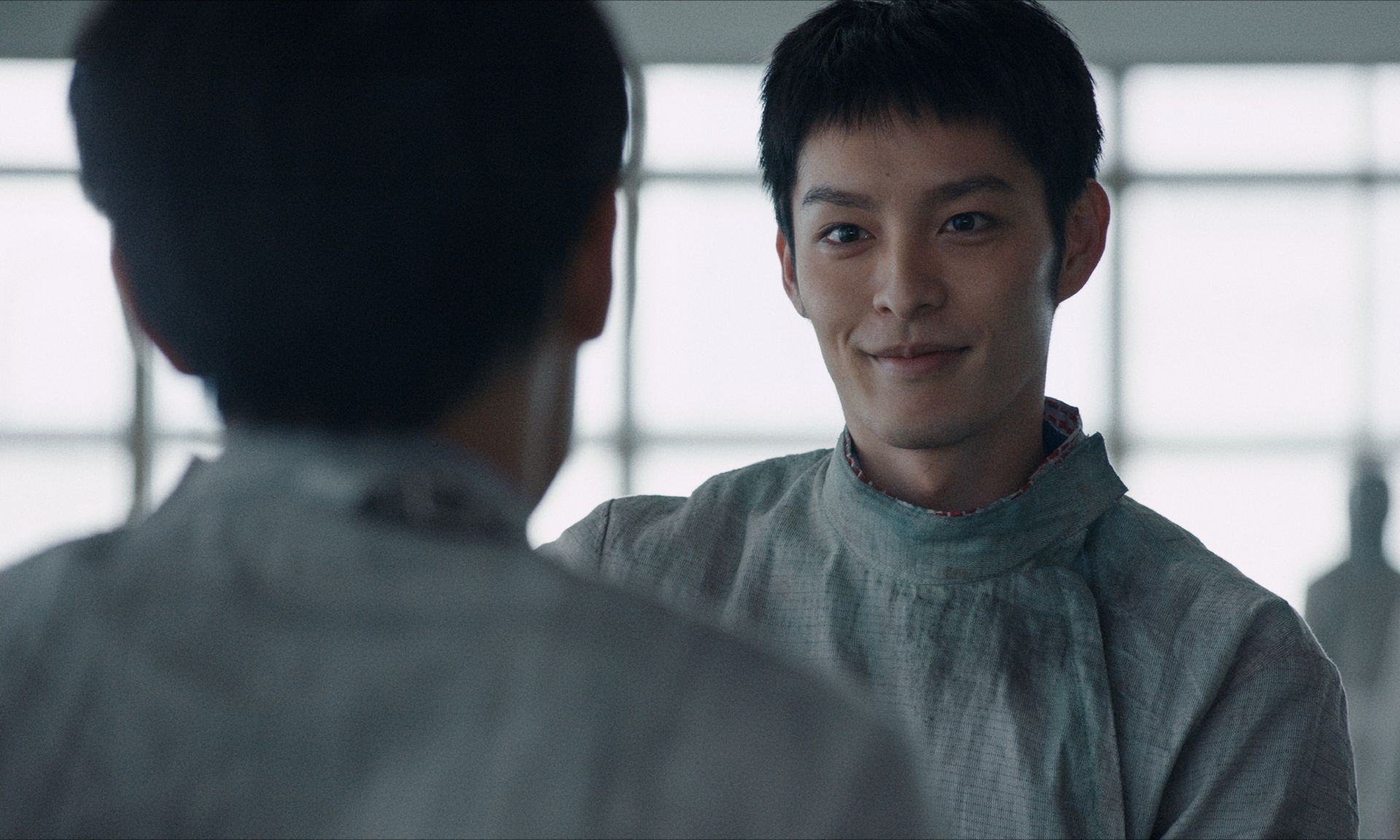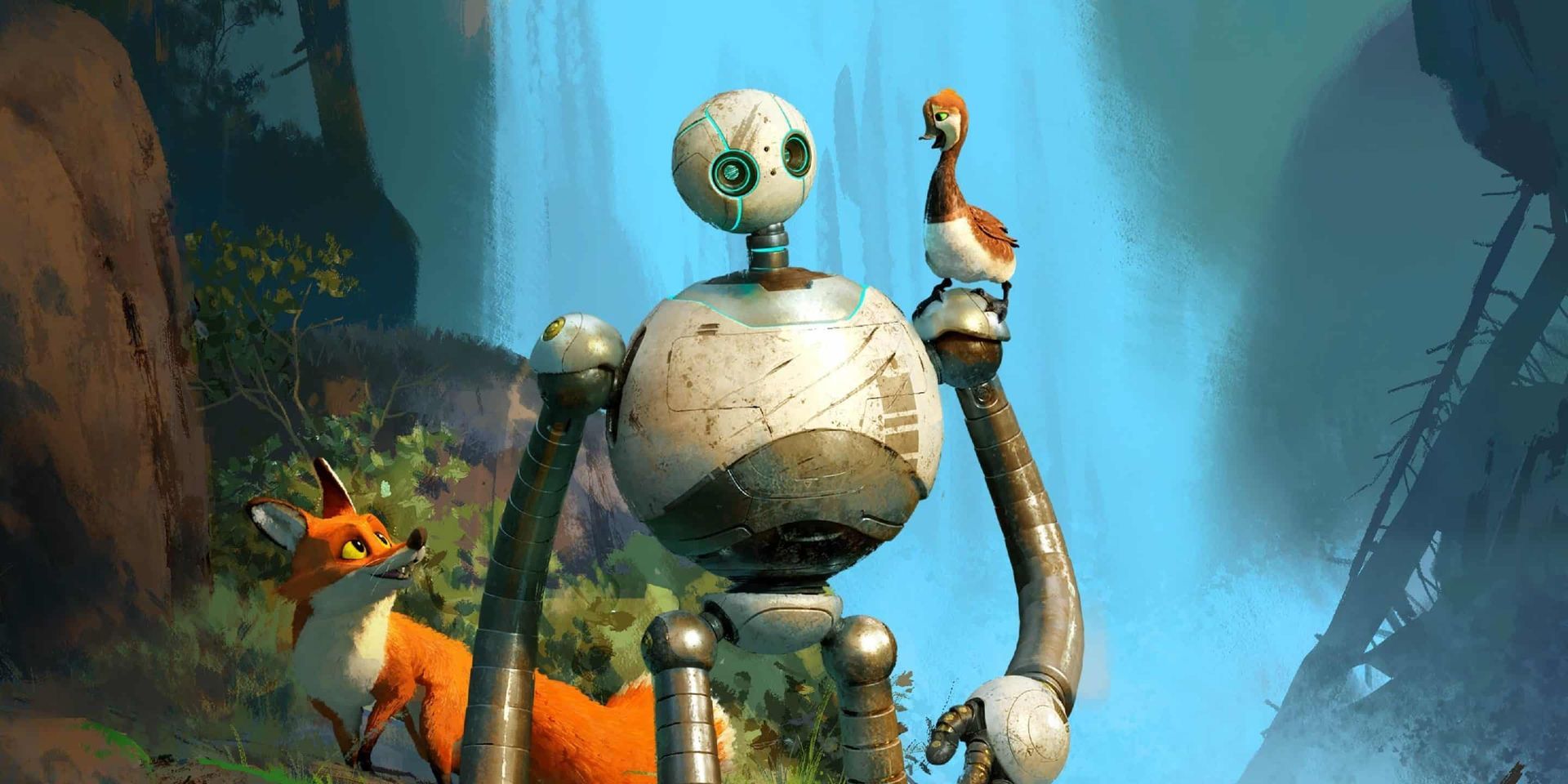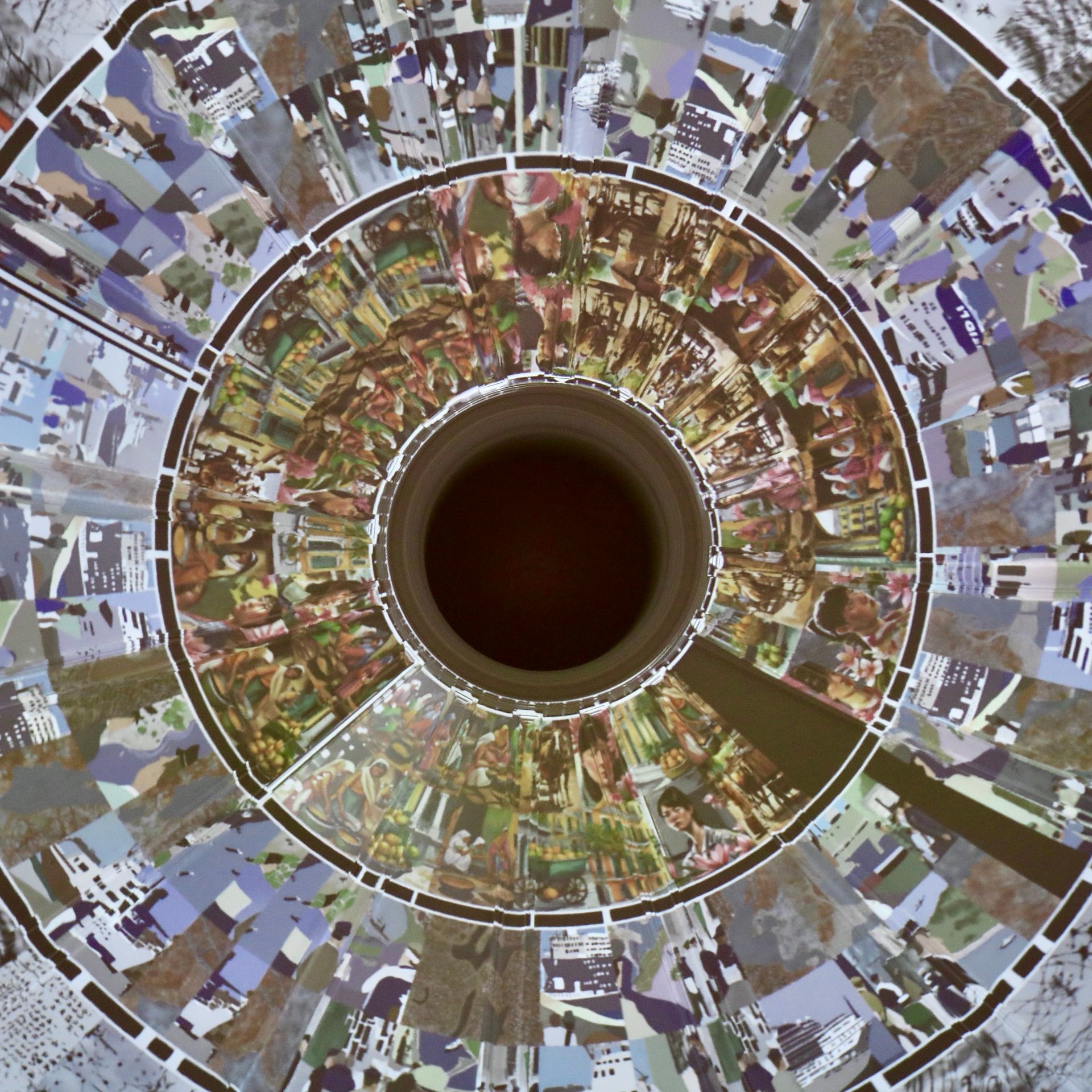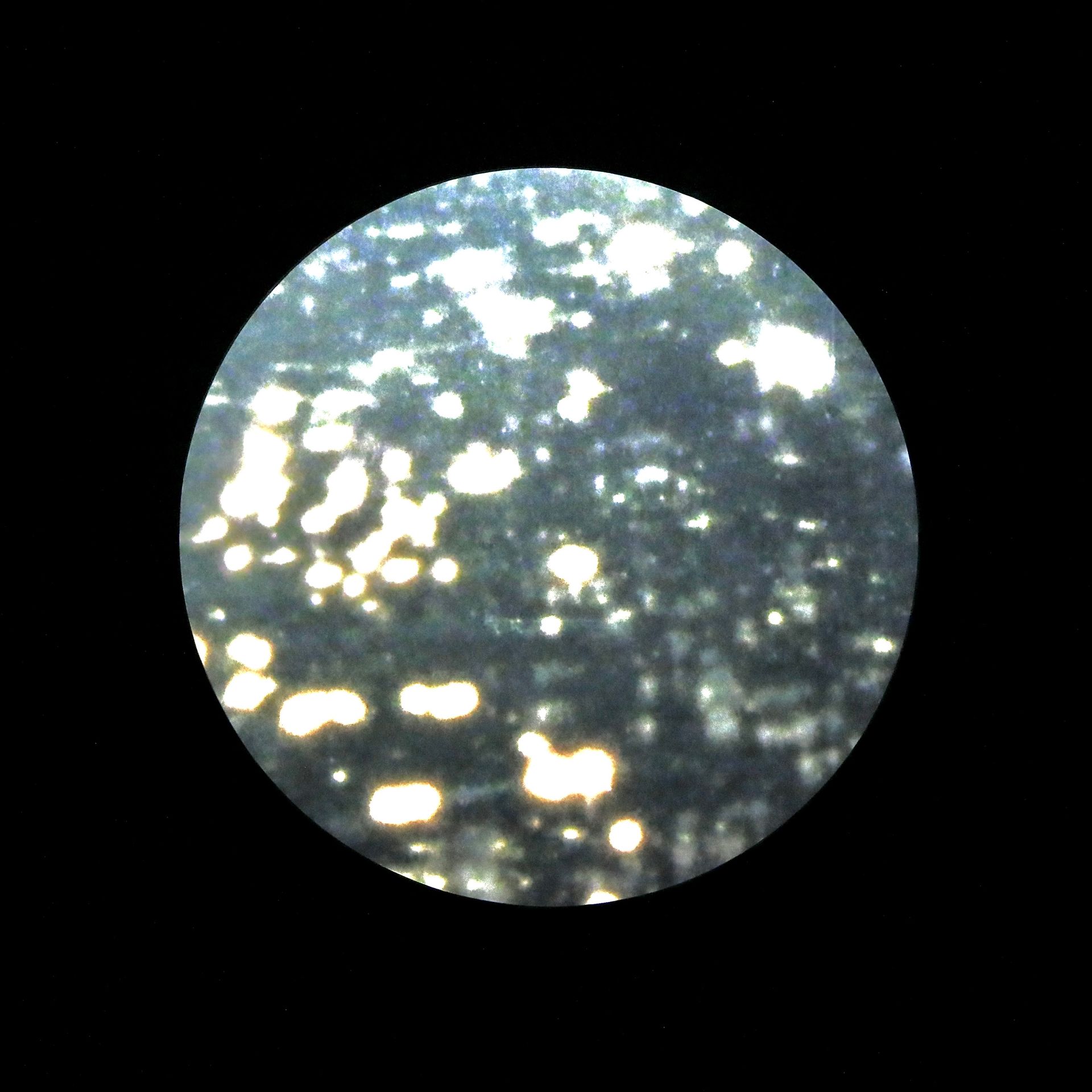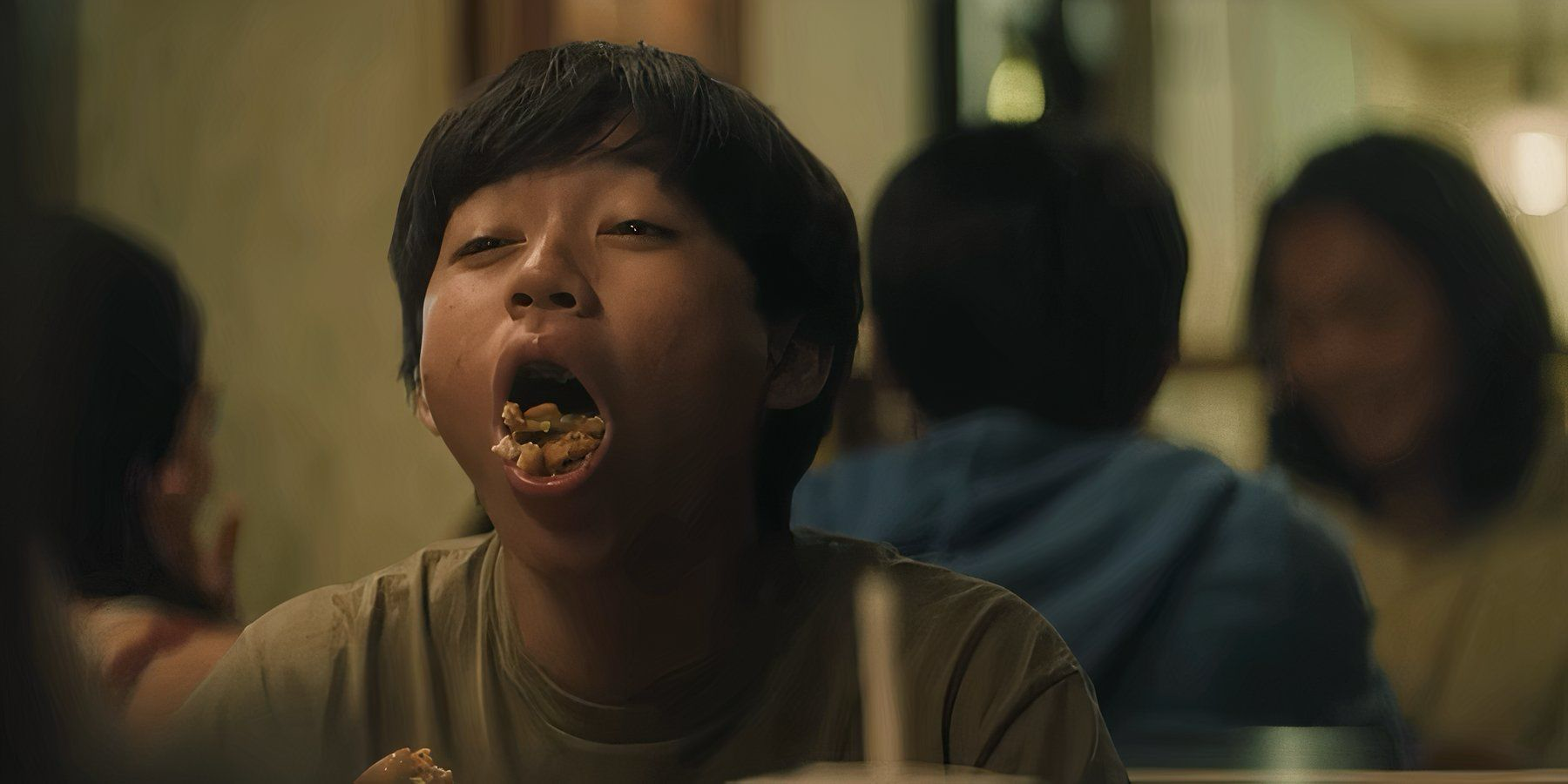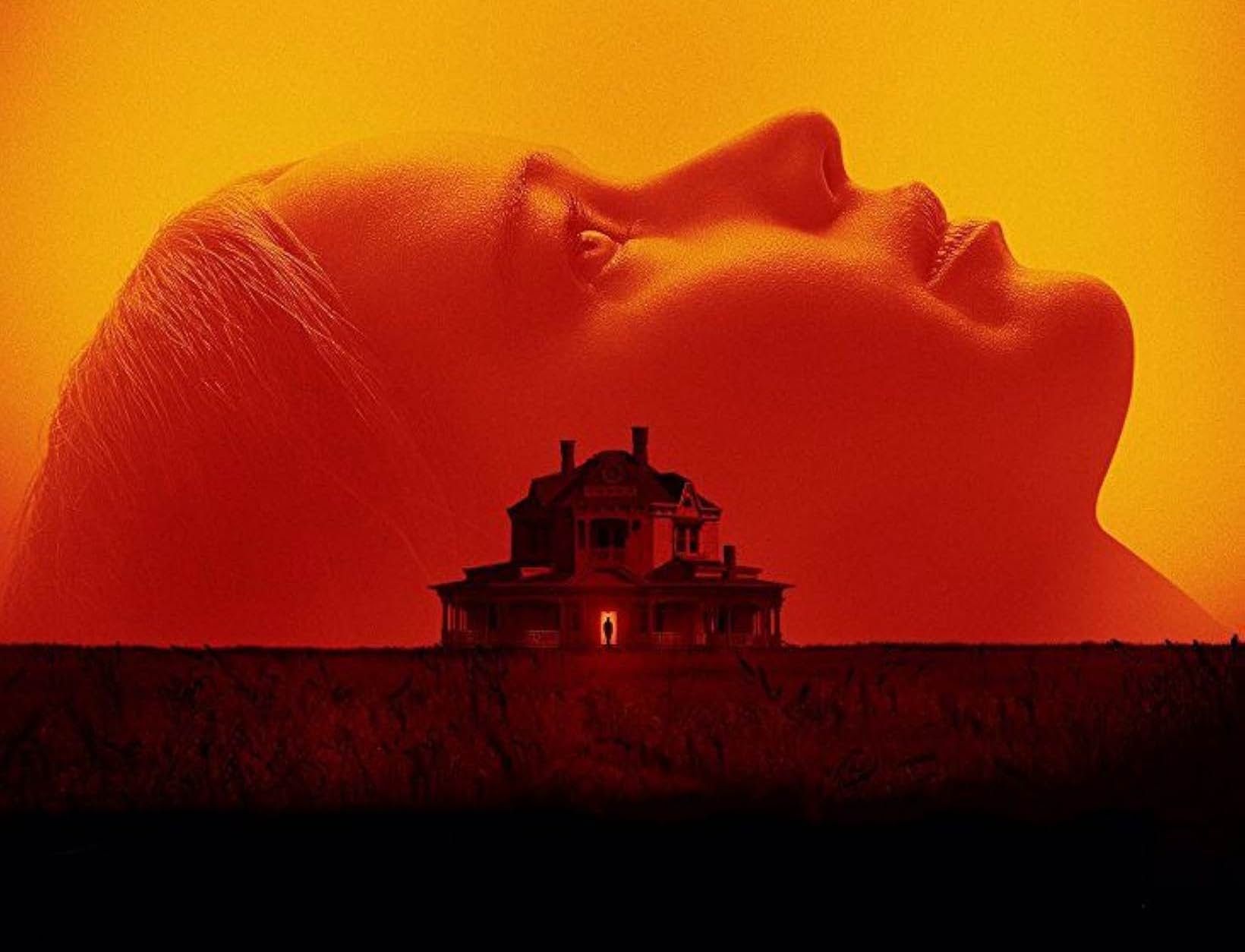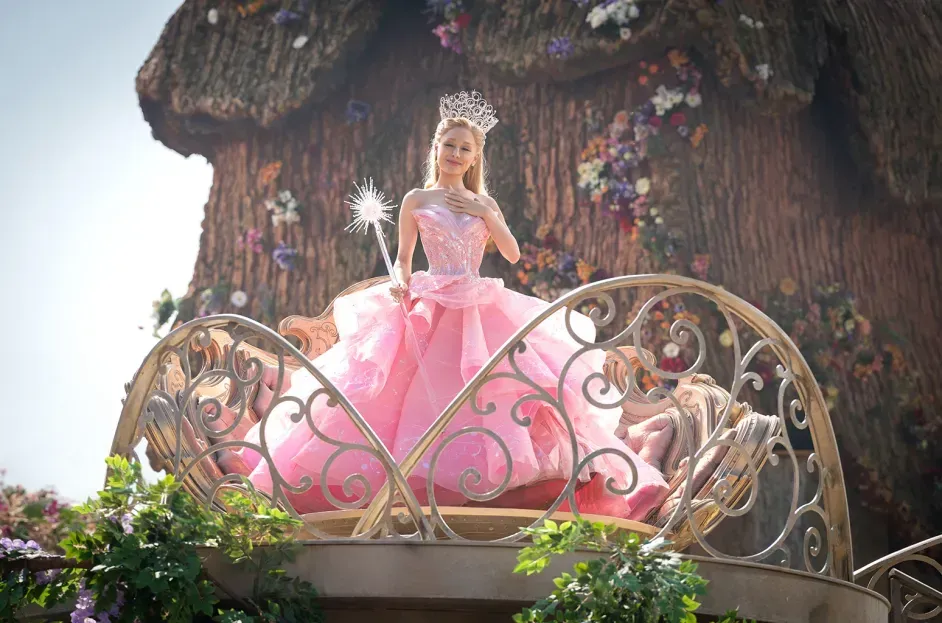Film Review #123: GOODFELLAS
“I’m in construction”: Revisiting Goodfellas
I can’t remember when I watched Goodfellas for the first time. It might have been sometime around A-Levels, give or take (probably give) a couple of years. But I do remember experiencing a very profound deepening of my cinematic consciousness when I first saw it. So many things about it stuck out to me then and still do today. Like many other film fans, I often replay my favourite shots in my head, and a number of them are very often scenes from Goodfellas.
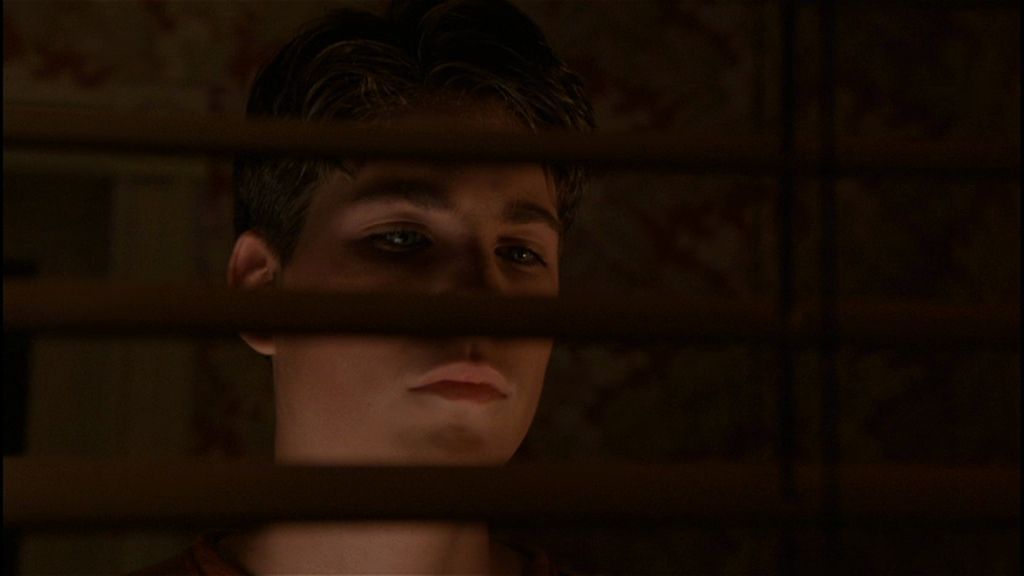
One of my longstanding visual earworms is that scene near the start of the film where two gangsters are getting out of their car as young Henry Hill (played as an adult by the late Ray Liotta) is looking out of his window at them. As they get out, we see an insert shot of the back of their car springing upwards from a sagged position. It’s probably just a second long, but I remember being utterly transfixed by it. I reviewed it again while writing this piece. It works so perfectly, not only as a bridge between shots, but also, and more importantly, as a visual metaphor that complements Henry’s narration. For young Henry Hill, these gangsters, whom he admires so much, have weight. For me, that simple shot exemplifies the precision and the seamlessness of the filmmaking in Goodfellas.
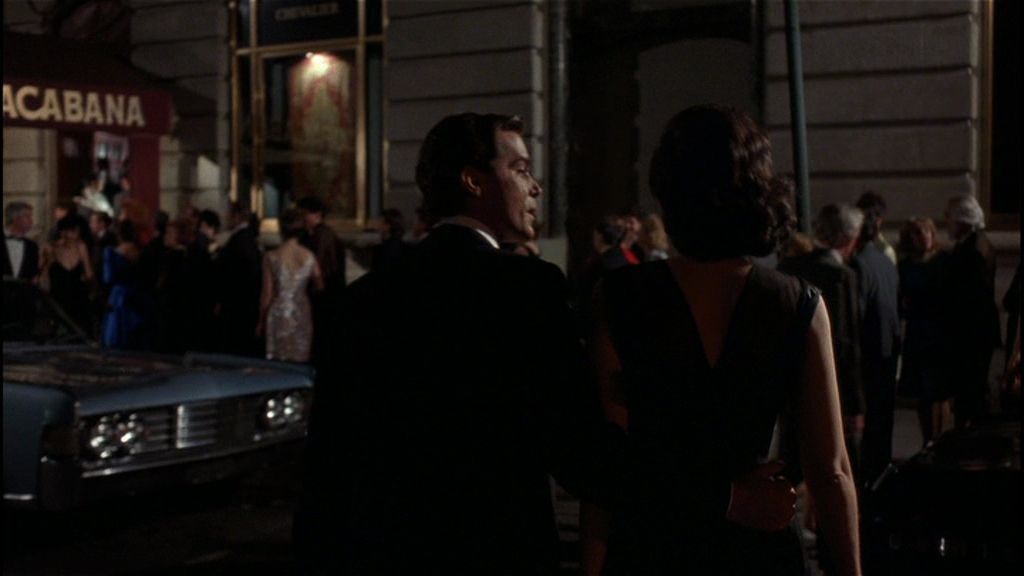
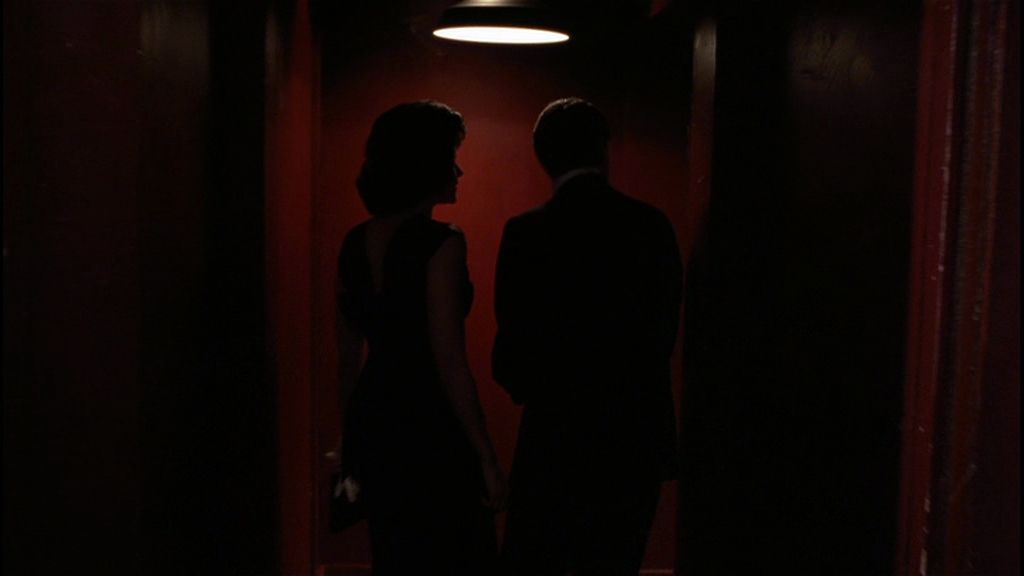
The long take of Henry Hill taking Karen Friedman (Lorraine Bracco) to the Copacabana club via the back entrance also resurfaces in my head from time to time. Quite apart from the logistical brilliance of this scene, what stands out for me is how well it serves the needs of the story at this point in the film. In some films, long takes call attention to themselves or to the director’s self-indulgence rather than to the story and the characters. The Copacabana long take, in contrast, is snugly synced with the narrative. We follow Karen and Henry from behind in a privileged over-the-shoulder position. We realize we’re seeing and feeling what she’s seeing and feeling. At this point in the film, Karen still doesn’t know that Henry’s a gangster. The detour through the back entrance and the kitchen, dotted here and there with service staff who know who Henry is and who receive twenty-dollar tips from him, shows her that he is someone important in this world while leaving the important questions unanswered. We also realize we’re seeing what Henry wants Karen to see. He is somebody and he wants her to know it. When they’re finally seated at their hastily put-together table at what is very clearly a VIP spot near the stage, she asks, “What do you do?”. “I’m in construction,” he replies, and we’re instantly reminded he’s not. The take, still unfinished, shows us Henny Youngman on the stage, whose monologue carries over to the next scene of Henry and Tommy DeVito (Joe Pesci) robbing Air France.
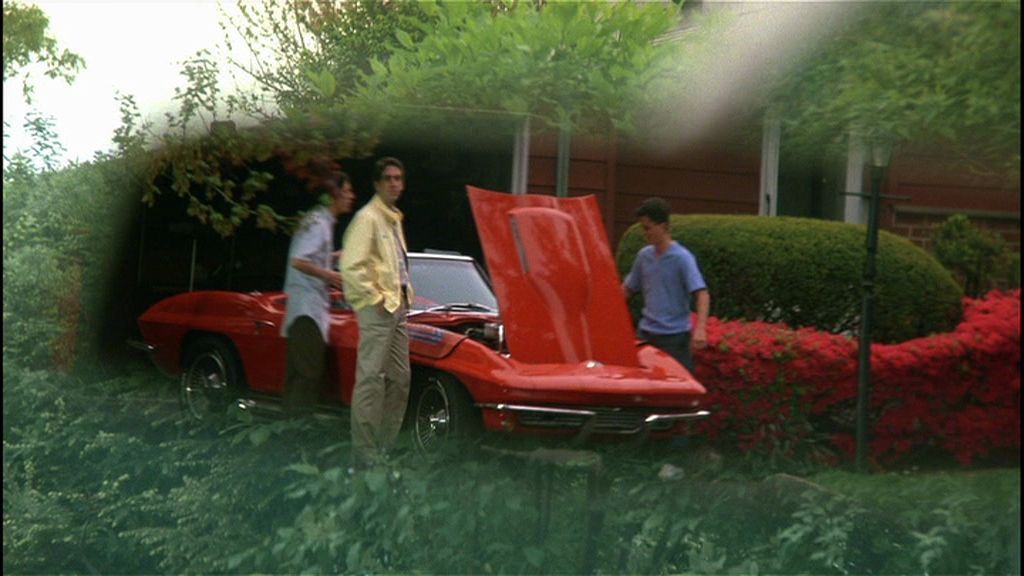
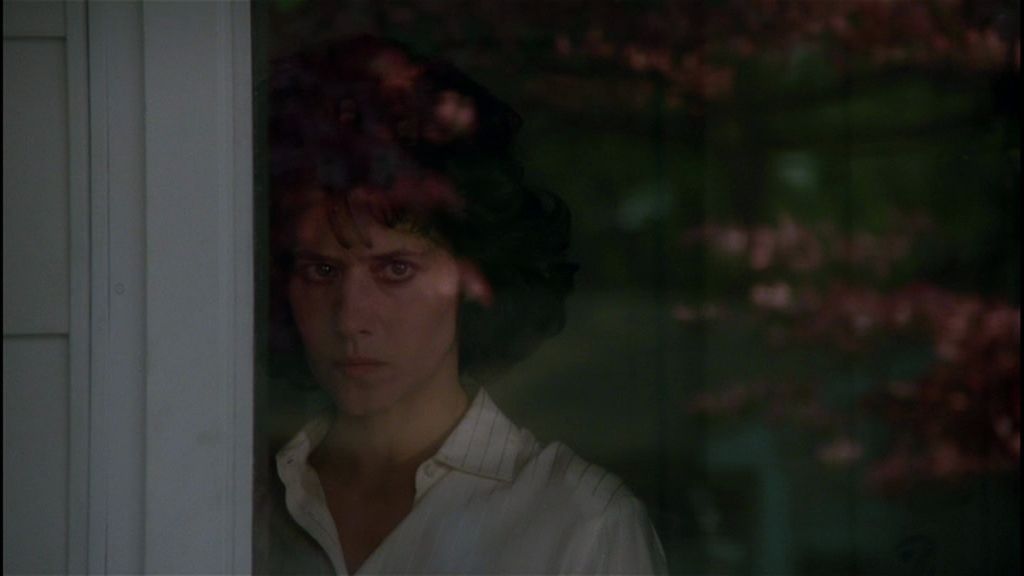
Just about three minutes after the Copacabana long take, we have a series of scenes starting with Morris “Morrie” Kessler’s tacky wig shop commercial and ending with Henry placing a bloodied gun, with which he’d just pistol-whipped Karen’s neighbour, in Karen’s hands. What stands out for me in this roughly four-minute stretch of the film is the clockwork precision of the transitions between the scenes. Every scene in this four-minute stretch cuts directly to someone or something that was seen, heard, or talked about in the directly preceding scene, creating a rapid-fire but coherent string of shots. Of course, this isn’t the only stretch of the film where such technical crispness can be detected and admired. It’s really representative of the overall briskness of the storytelling in Goodfellas. But, for some reason, it stuck out to me when I was rewatching the film in preparation for writing this piece. When Morrie’s wig shop commercial ends, the camera pans from the television screen to Jimmy Conway’s (Robert De Niro) glaring face and subtly dollies out. We’re in Morrie’s wig shop and Morrie owes Jimmy money. Henry isn’t succeeding in persuading Morrie to pay up, so Jimmy walks over and chokes Morrie with a telephone cord. The phone then rings: it’s Karen, looking for Henry. Henry rushes off and the film cuts to the payphone booth from which she’d made her call. Henry pulls up alongside the payphone booth. The camera pans right as he gets out of his car and pans left and dollies out as he guides her into it. She says her neighbour made a pass at her and threw her out of his car when she resisted. As Henry drives off, the film cuts to a shot of Karen’s neighbour fixing his car in his driveway with two other guys, then whip-pans back to Henry, waiting across the street in his car with Karen sitting next to him. Henry looks at a reflection of Karen’s neighbour in the rear-view mirror, gets out, walks across the street, and pistol-whips him. He then walks back to Karen’s house (Karen, looking out from behind her door, steps out) and places the gun in her palm. We see a shot of the bloodied gun resting in her palm. Karen now knows a little more about Henry, but she decides to commit: “I know there are women, like my best friends, who would have gotten out of there the minute their boyfriend gave them a gun to hide. But I didn’t. I got to admit the truth. It turned me on.” They get married in a Jewish wedding service (Karen is Jewish) in the next scene, which starts with a shot of a glass being wrapped in white cloth.
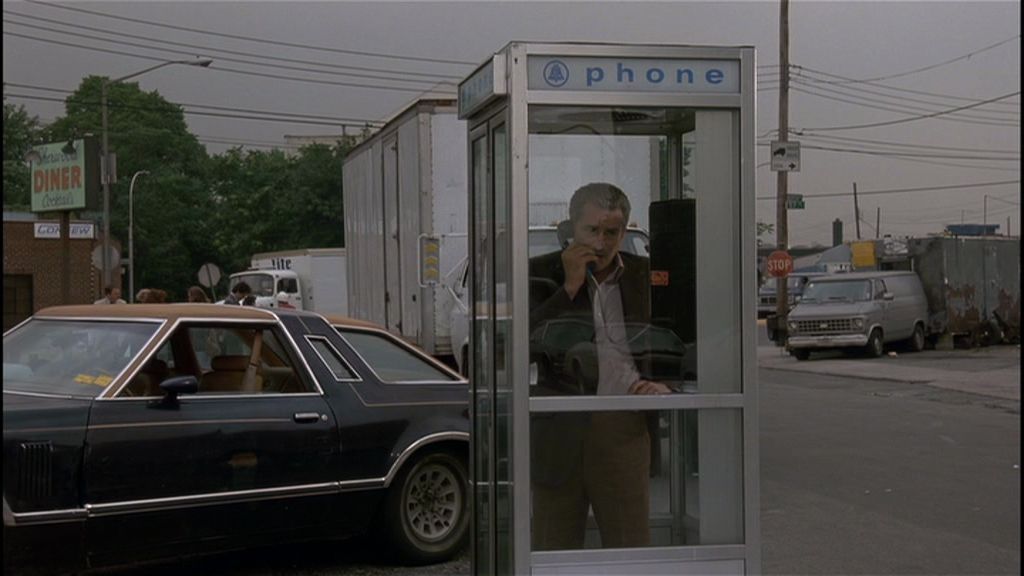
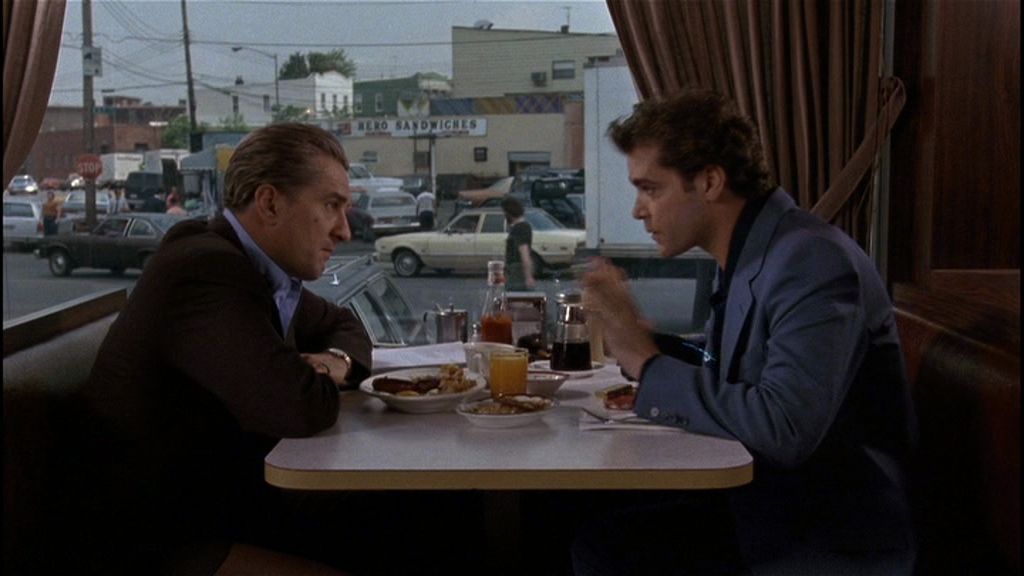
Another thing that struck me when I saw Goodfellas for the first time was the artful directness of its camera work. The camera is almost constantly moving. In certain scenes, it feels as if the camera is practically tracing out an invisible chalk dotted line for my eyes to follow. It is, of course, the job of the director to make us see what he or she wants us to see. But Scorsese does this in parts of Goodfellas with a directness that has never ceased to feel refreshing and exhilarating to me. We see an example of this in the scene where Tommy and Jimmy are brutally attacking Billy Batts in Henry’s bar. When Tommy and Jimmy start going at Billy, Henry rushes to the door and locks it. Scorsese tracks Henry to the door with a fast dolly-in shot that lands on the door handle as Henry locks it before quickly tilting the camera upwards to show us Henry’s face. Another memorable example, for me at least, can be found in the scene where Jimmy learns that Tommy has been whacked. Jimmy receives the news over the phone in a payphone booth outside a diner. When the news registers, Scorsese executes another fast dolly-in shot to give us a medium close-up of Jimmy smashing the handset in anger. I would also count Scorsese’s use of a reverse dolly zoom to frame Henry’s final meeting with Jimmy in a diner among my many visual earworms, and I’m certainly not the only one who feels this way, given the number of YouTube videos I’ve found that highlight this scene.
Scorsese’s technical directness in
Goodfellas may not be to everyone’s taste. I can see why it may feel unsubtle or perhaps even jarring to some. But the examples above work for me for the same reason the Copacabana long take works for me: they’re not there for the sake of being there; instead, they serve the story and the characters. The fast dolly-in shot that takes us close to Jimmy as he batters the payphone works well in telegraphing his anger, but only because of the build-up that directly preceded it. We already know how much Tommy “getting made” means to him. “As far as Jimmy was concerned,” Henry explained just a while earlier, “with Tommy being made, it was like we were all being made.” “We would now have one of our own as a member.” The framing of Henry’s last conversation with Jimmy with a reverse dolly zoom is, in the same way, instructive rather than superfluous. The distortive effect of the reverse dolly zoom underlines the mistrustful mental states of both characters and tells us that this isn’t an ordinary catch-up between long-time associates: there’s been a
shift in their relationship with each other, and not for the better, by this point in the film. Jimmy asks Henry to go on a hit job, but Henry immediately sees it’s a trap: “Jimmy had never asked me to whack somebody before, but now he’s asking me to go down to Florida and do a hit with Anthony. That’s when I knew I would never have come back from Florida alive.”
There are other shots and sequences I could talk about. But, like the ones above, they all had the same effect of making me more conscious of the fact that, in watching a film, I was essentially taking in the director’s vision, and I daresay that there are also many others who’ve come away from their first few viewings of
Goodfellas feeling the same way.
Goodfellas taught me, a lay filmgoer, that I was looking at things on the screen that the director consciously wanted me to see. I know this sounds obvious. But I wasn’t always fully aware of this elementary principle. At some point in my life, though, I started to look out more conscientiously for the director’s hand in deciding what stayed in or out of the frame, and I’m sure
Goodfellas played no small part in helping me to reach that point. To put it another way, it was somewhere in the post-Goodfellas years of my life that the fact that film was first and foremost a visual storytelling medium finally registered.
When I first started to watch films a little more intensively, I sometimes read them as if they were books or plays; that is to say, I probably devoted too much of my attention to plot, acting, and writing – to the unfortunate exclusion of what could be or could not be said and done with a camera.
Goodfellas was one of the films that made me take films on their own terms, that made me realize that, if I really wanted to understand fully what was going on on the screen and in the characters’ heads, I would also need to pay careful attention to shot composition, camera movement, editing, etc.
Goodfellas had such an effect on me because, as discussed above, the filmmaking in it is so unabashedly direct and technical. Every time I watch scenes from
Goodfellas, I feel as if I’m on Scorsese’s set and that he himself is nudging or yanking my gaze here and there. I don’t think I’ve encountered many other films that have
commanded me in such a fashion.
Goodfellas helped me to see how, in the late Alexandre Astruc’s words, “[t]he film-maker/author writes with his camera as a writer writes with his pen.” For this reason, I believe
Goodfellas makes for a great introduction for lay filmgoers and young film-makers alike to what films are about or can be.
----------------
About the author: Benjamin Choo is a Senior Lecturer at the Singapore University of Social Sciences. As you can probably tell, Goodfellas is one of his favourite films. But he has many others and he's hoping to share his thoughts on them with you in future pieces for the Singapore Film Society. Stay tuned for more contributions from Benjamin.
